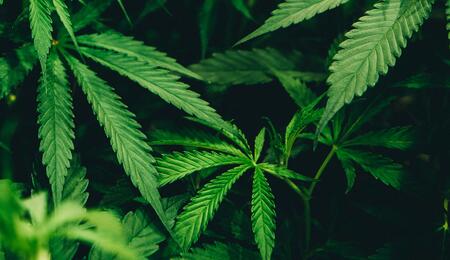What is Translocation and Why is it Important?

Translocation in cannabis is the physical-chemical movement that allows the transport of compounds that are created in the plant after photosynthesis. Carbohydrates, hormones and amino acids depend on this movement. When the leaves turn yellow during flowering, that can also contribute to the translocation of nutrients.
Translocation in the plant kingdom refers to the movement of various compounds to transport essential substances. In cannabis, translocation causes RNA, carbohydrates, hormones and amino acids to move from the areas that produce them to where they are needed according to the plant cycle.
For example, the cannabis plant produces carbohydrates in part thanks to its leaves. And the roots take the nutrients that will spread throughout the plant. These processes are some of the translocations.
How Does Translocation Work?
This wonderful movement of nature is concentrated in the phloem of the stem of the plant. The phloem distributes various organic compounds that arise from photosynthesis. The phloem in cannabis distributes sap, sugars, and nutrients. Translocation takes place through the phloem, the thin, continuous membrane found just beneath the bark of the stem or trunk.
The vascular system of the phloem allows minerals and carbohydrates to move from where they are synthesized, created, or absorbed to the area of the plant that requires them.
This movement causes the leaves to turn yellow during the flowering of cannabis. Because the plant takes nitrogen from the leaves to strengthen the bud that you will smoke after harvesting, drying, and curing, it is the internal pressure of the plant that does this magic of transporting carbohydrates, hormones, and amino acids from one place to another. Translocation is not the same as transpiration, which is also essential for the cannabis plant.
More From Soft Secrets:



.png)
